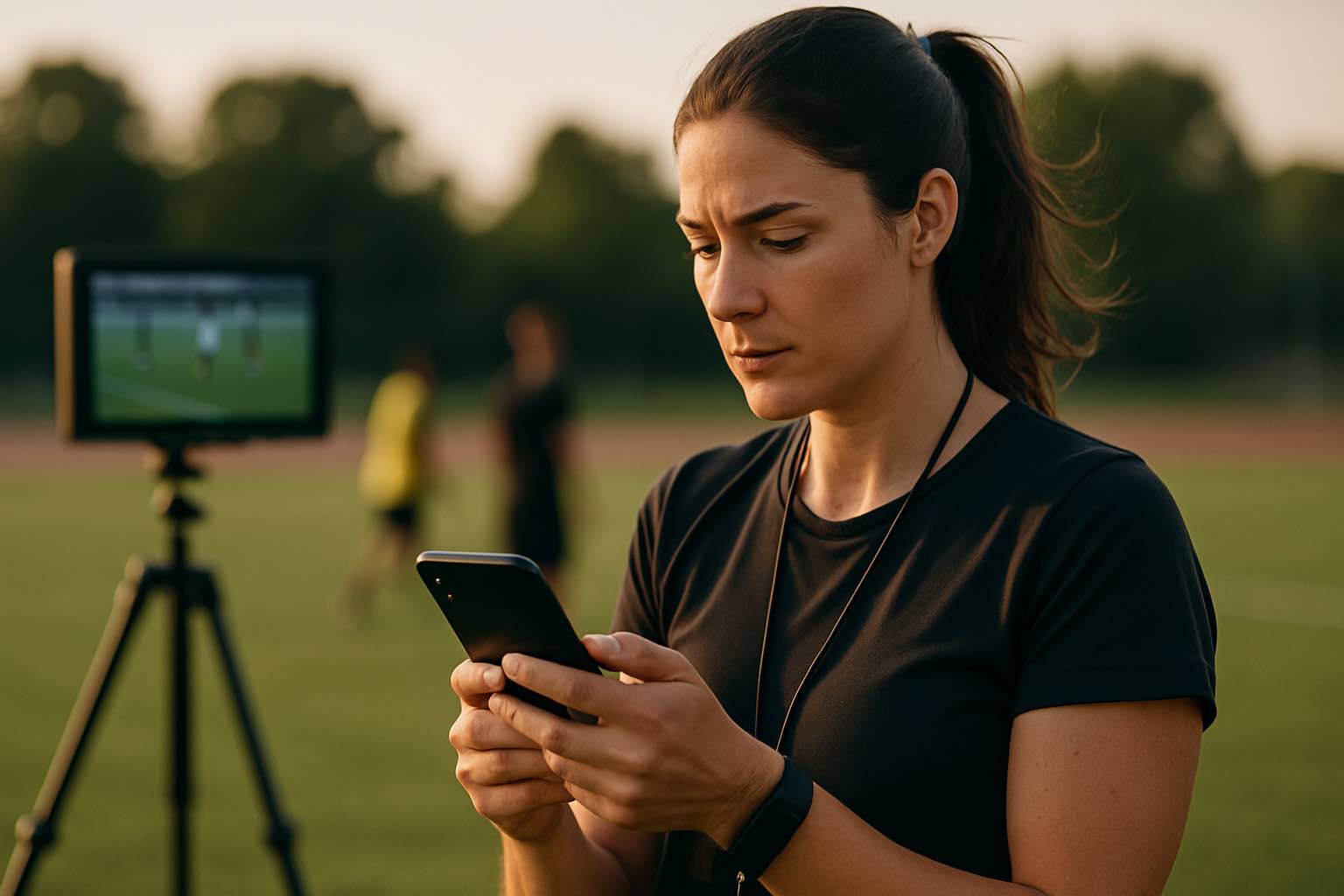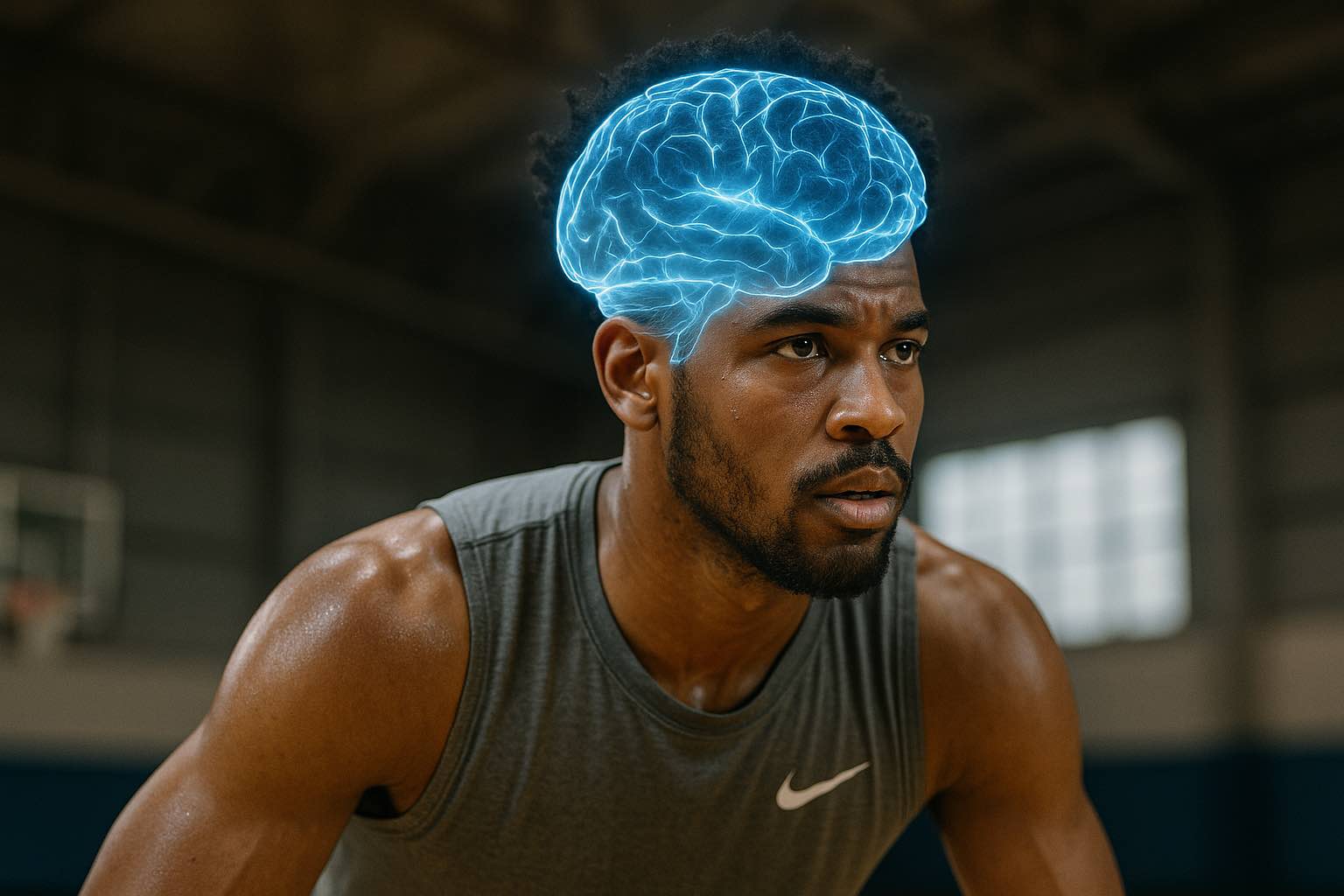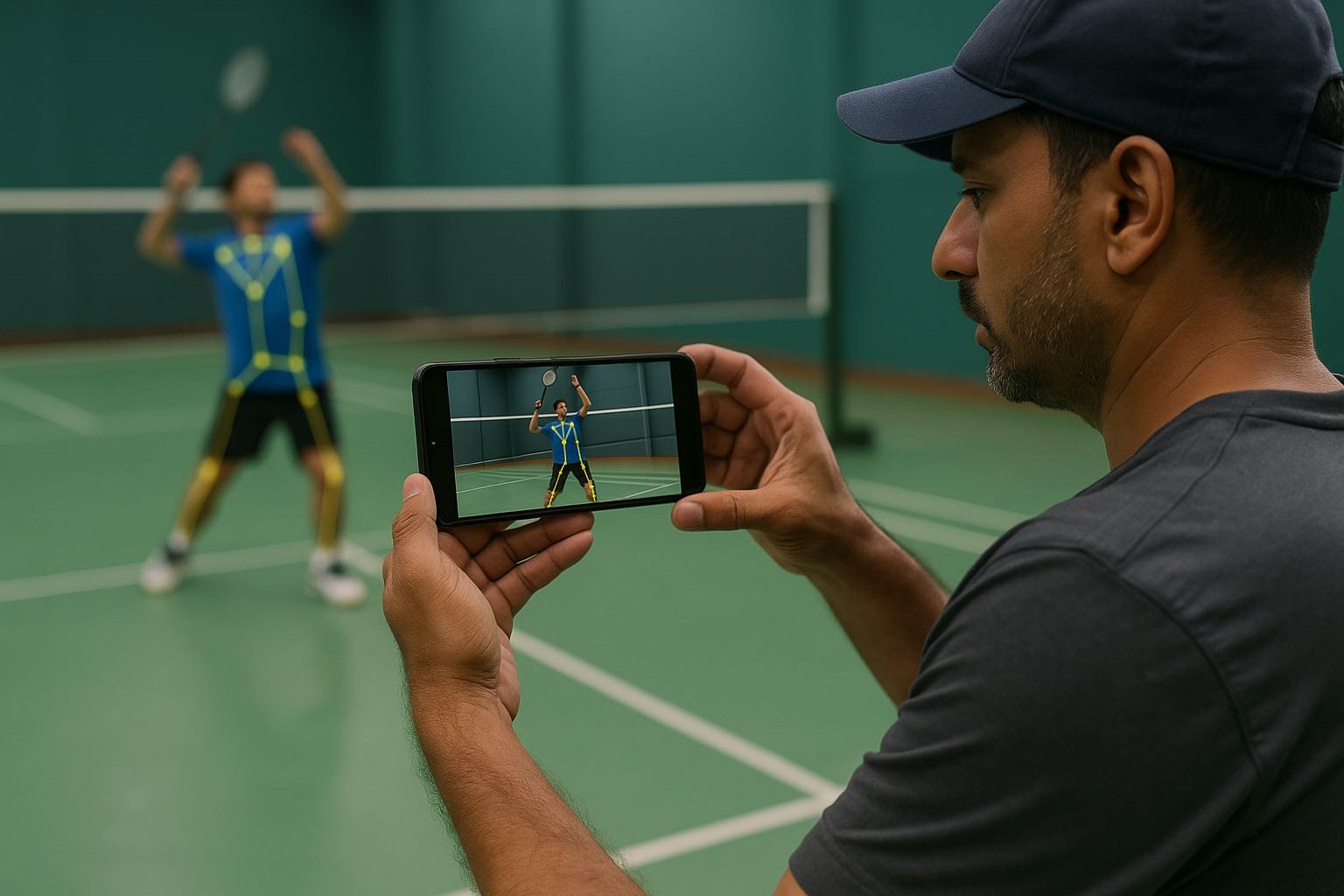The 4 Data Sources Elite Coaches Use to Build Champions (And How to Integrate Them)
Modern elite coaches face an overwhelming challenge. They have access to more athlete data than ever before, yet many struggle to transform this information into meaningful performance improvements. The difference between good coaches and championship-building coaches isn't the amount of data they collect—it's how they integrate multiple data sources into a coherent performance story.
Elite programs worldwide have discovered that championship performance emerges from combining four critical data streams. Understanding how to blend these sources transforms raw information into actionable coaching decisions that create champions.
The Four Essential Data Sources
Championship programs systematically gather and integrate four distinct types of performance data, each revealing different aspects of an athlete's development journey.
| Data Source | What It Reveals | Key Metrics |
|---|---|---|
| Video Analysis | Technical execution, tactical patterns, fatigue-induced changes | Movement efficiency, technique consistency, decision-making speed |
| Wearable Technology | Physical output, physiological stress, recovery status | Heart rate variability, training load, movement asymmetry |
| Coach Observations | Competitive mindset, learning responsiveness, team dynamics | Body language, effort quality, adaptation to feedback |
| Athlete Introspection | Internal experience, motivation levels, perceived readiness | Rate of perceived exertion, mood state, confidence levels |
Each source provides a unique window into performance, but the magic happens when coaches understand how these perspectives interact and complement each other.
Why Single-Source Data Falls Short
Relying on any single data source creates dangerous blind spots. Wearable data might show an athlete is physically recovered, but coach observations reveal mental fatigue from personal stress. Video analysis might indicate perfect technique, but athlete introspection uncovers fear of reinjury affecting performance. Elite coaches avoid these pitfalls by systematically cross-referencing multiple data streams.
Consider how the German national soccer team prepares players. During their 2014 World Cup preparation, coaches noticed a troubling pattern through their integrated data system. GPS trackers showed midfielder Toni Kroos maintaining his typical 11-12km running distance per match and hitting normal sprint speeds. His physical data looked perfect.
However, video analysis revealed a different story. Kroos was taking 0.3 seconds longer to make passing decisions in the final 20 minutes of training matches. His pass completion rate in complex situations dropped from 89% to 76% after the 70-minute mark. Meanwhile, his daily wellness questionnaires indicated increasing mental fatigue despite reporting good physical recovery.
By combining these three data streams, coaches discovered that Kroos needed cognitive rest more than physical recovery. They adjusted his training to include more mental recovery periods and simplified tactical instructions during high-fatigue phases. This integrated approach—impossible with single-source data—helped maintain his elite decision-making throughout their championship run.
The Integration Framework Elite Coaches Use
Successful data integration follows a systematic process that transforms overwhelming information into clear coaching decisions. Elite programs use what researchers call "data triangulation"—comparing multiple sources to identify meaningful patterns.
| Integration Step | Coach Action | Example Application |
|---|---|---|
| Daily Synthesis | Compare objective data with subjective feedback | Match HRV readings with athlete's reported sleep quality |
| Pattern Recognition | Identify trends across multiple data points | Notice technique breakdown correlates with accumulated training load |
| Context Application | Consider environmental and personal factors | Adjust interpretation based on competition schedule or life stress |
| Decision Making | Create interventions addressing root causes | Modify training when multiple sources indicate overreaching |
The key insight is that data sources should confirm and clarify each other. When wearable metrics, video analysis, coach observations, and athlete feedback all point toward the same conclusion, coaches can act with confidence. When sources conflict, it signals the need for deeper investigation.
Practical Implementation for Coaches
Start small by integrating just two data sources before expanding. Many coaches successfully begin by combining simple athlete questionnaires with their own observations, gradually adding technology as comfort grows. The goal isn't perfection—it's creating a more complete picture of each athlete's journey toward championship performance.
Elite coaching in the modern era requires embracing multiple perspectives while maintaining the human connection at the heart of athlete development. By systematically integrating these four data sources, coaches build the comprehensive understanding necessary to guide athletes from potential to podium.



